6 Ways to Fix Slow Boot Time in Windows 10 PC – One of the most frustrating Windows problems is a slow startup. When Windows takes a long time to boot up, you are afraid of turning on or rebooting your computer.

How to Fix Slow Boot Time in Windows 10 PC [2024]
Certain versions of Windows 10 are particularly vulnerable to this. But luckily, a slow boot is a problem that can be solved.
Read more:
- How to Remove Dual Boot Linux Without Software
- 5 Ways to Fix Reboot And Select Proper Boot Device
- 6 Ways to Fix Windows Boot Manager Error 0xc00000e9
- What Is A Bootloader And How Does It Work?
#1. Disable Fast Boot
By far, the most problematic setting when it comes to boot time in Windows 10 is the Fast Startup option. It’s enabled by default and should reduce startup time by loading boot information before your PC shuts down.
It causes problems for many people. So, this is the first step that you should try when you have slow boot issues. (Note that restarting your computer is not affected by this feature.
Open Settings and browse to System > Power & Sleep. On the right side of this screen, click Additional Power Settings to open the Power Options menu in the Control Panel. Here, click Choose what the power buttons do in the left sidebar.
You will need to give the administrator permission to change the settings on this page, so click on the text at the top of the screen that says Change settings that are currently unavailable. Now, uncheck Turn on Fast Startup (recommended), and Save Changes to disable this setting.
If you don’t see the Fast Boot option, you don’t have hibernation so it won’t show up. To enable hibernation, open an administrator’s Command Prompt or PowerShell window by right-clicking the Start button and selecting Command Prompt (Admin) or Windows PowerShell (Admin). Type the following command to enable it, then try disabling Fast Startup again:
powercfg /hibernate on
#2. Adjust Virtual Memory Settings
Virtual memory is a feature Windows uses to dedicate a portion of your hard drive as pretend RAM. Of course, the more RAM you have, the more tasks your system can handle at once. So if Windows is close to maximizing actual RAM, it goes into virtual memory.
Some users have reported that Windows 10 can change virtual memory settings, causing boot problems. You should therefore take a look at your virtual memory settings and see if you can change them to fix the slow boot issue.
Type Performance into the Start Menu and select Adjust the Appearance and Performance of Windows. Under the Advanced tab, you will see the size of the paging file (another name for virtual memory), click Change to edit it.
In the resulting window, what matters is at the bottom. You will see the Recommended amount of memory and the number Currently Allocated. Some people experiencing this problem have found that their current allocation is well above the recommended figure.
If yours is the same, uncheck Automatically manage paging file size for all drives to make changes. Then select Custom Size and set the Initial Size and Maximum Size to the suggested values below.
#3. Shutdown Linux Terminal
A while back, Windows 10 got a full Linux bash terminal. This is of interest to developers, but may also be the cause of your boot problems. This feature is not enabled by default.
So, if you don’t know what Bash is, you probably don’t need to try this step because you’ll know when you turn it on. To turn off the Linux shell, type Windows features into the Start Menu to open the Turn Windows on or off menu. Scroll down to Windows Subsystem for Linux, uncheck it, and restart.
#4. Update Graphic Driver Driver
Windows 10 is known to mess with drivers. Updating your graphics card drivers can sometimes fix boot issues, so let’s have a look. Open Device Manager by right-clicking the Start button and selecting Device Manager. Navigate to Display adapters to see which graphics card you are using (usually Nvidia or AMD if you have a dedicated graphics card).
You can usually open the appropriate software on your PC to check for updates. If you don’t have one, you’ll need to navigate to the vendor’s website (or your laptop manufacturer’s website, if you’re using integrated graphics on a laptop) to check for driver updates. Install all new versions available.
#5. Remove Some Startup Programs
Maybe the slow boot time isn’t caused by any of these issues. If you are experiencing lags between logging in and using your computer, too many startup programs could be to blame. Many software sets themselves to run automatically at startup. If you have dozens of apps that load as soon as you log in, this can crash your system right away.
#6. Do a Reset
If you’ve tried all of the solutions above and still can’t speed up your boot time, it’s probably best to cut your losses and reinstall a fresh copy of Windows 10. You have several options to reset your PC.
The built-in Refresh option can reinstall Windows without deleting your files. But you still have to back up your computer data before this. Go to Settings > Update & Security > Recovery and select Get Started under Reset this PC to get started.
Read more:
- 5 Ways to Enter and Exit Xiaomi Fastboot of All Types
- 4 Ways to Speed Up Booting Windows 10 Laptop PC
- 8 Ways to Fix Unreadable External Hard Drive
Conclusion:
So those were 6 Ways to Fix Slow Boot Time In Windows 10. Hopefully, applying one or all of these fixes worked for you. The slow startup is a big problem, but you luckily have options to work around it. If nothing else works, hold on for the next major Windows 10 release, which should solve this problem.


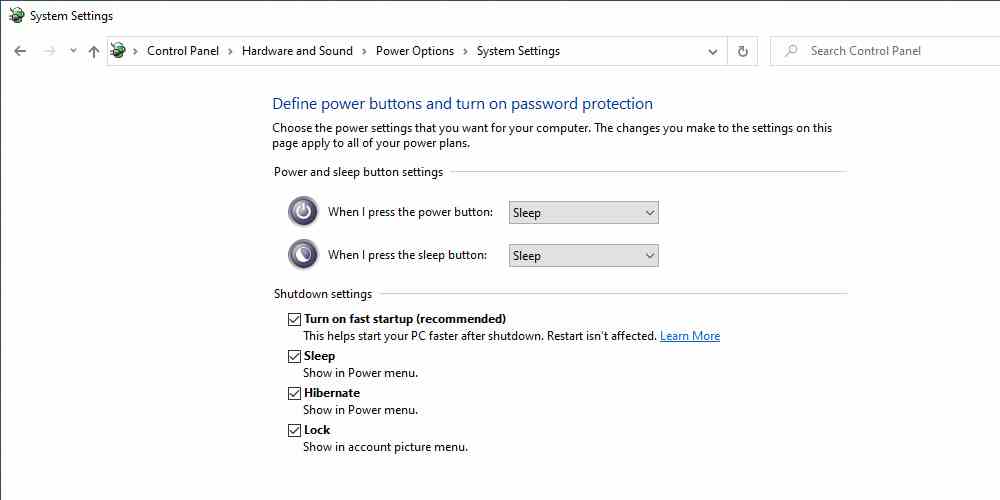
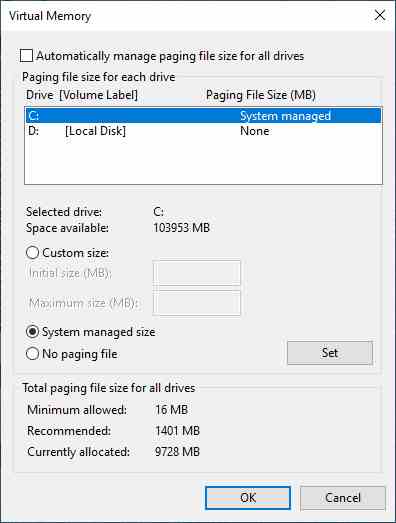
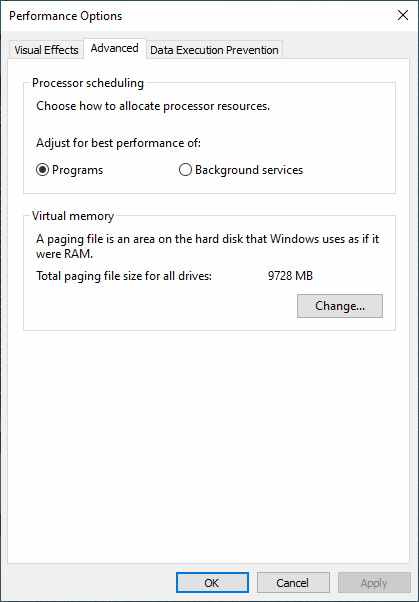
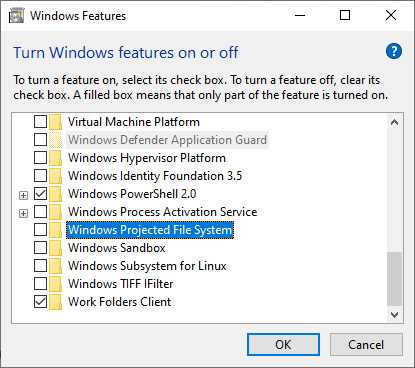
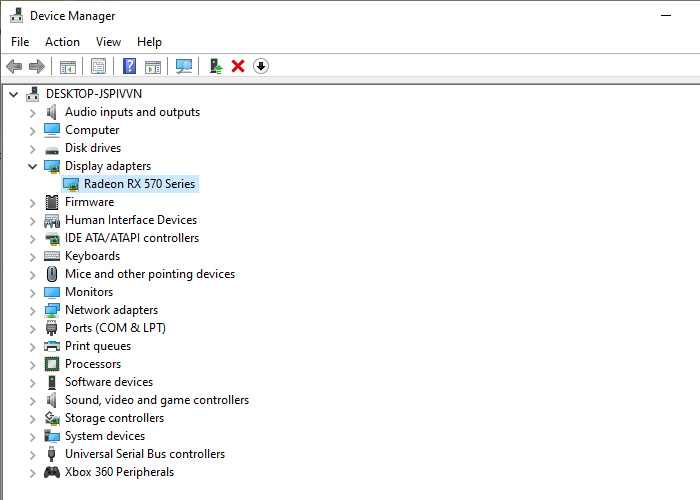
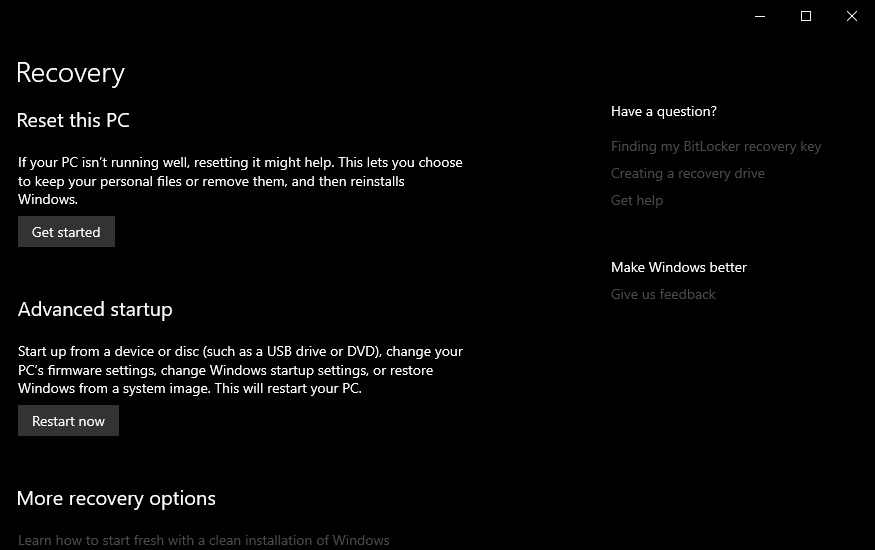









![10+ Ways To Take Screenshot on Asus Laptop Windows 10 [2024] How To Take Screenshot on Laptop and PC Windows](https://technowizah.com/wp-content/uploads/2020/06/How-To-Take-Screenshot-on-Laptop-and-PC-Windows-100x70.jpg)
